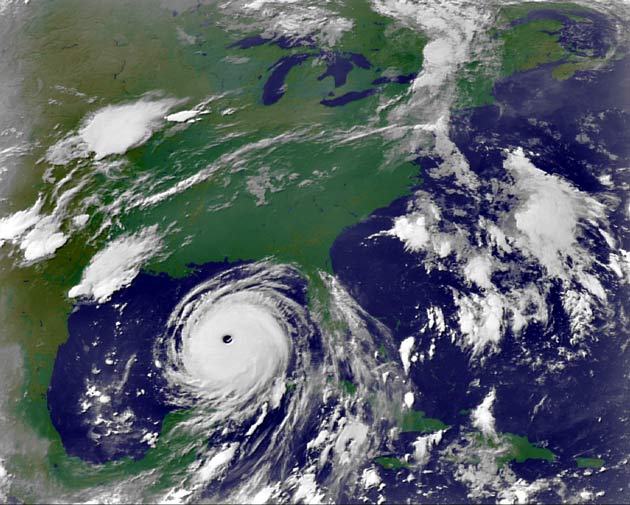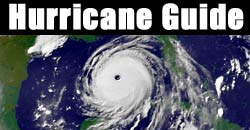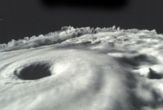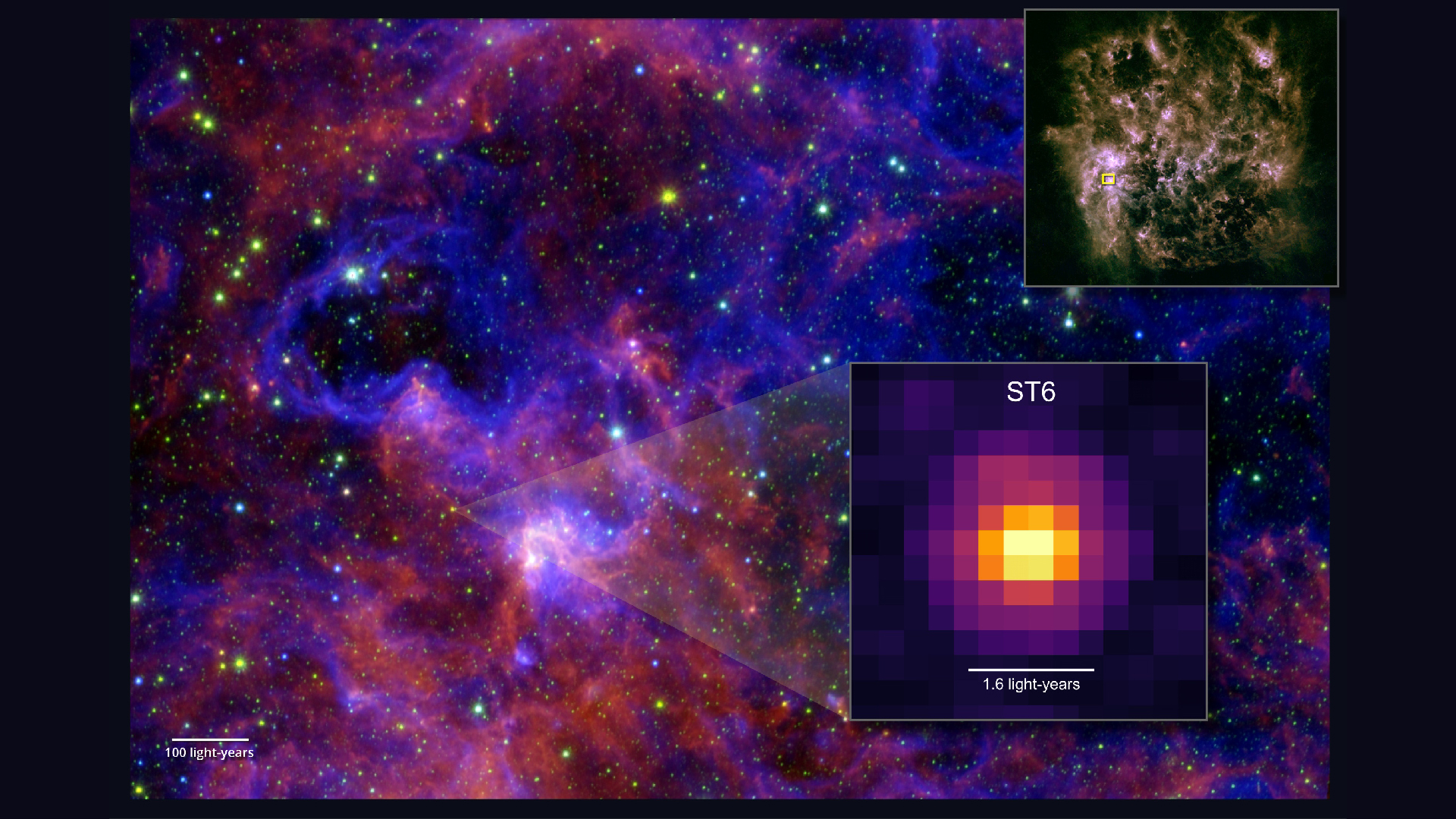
Global warming, and not natural variations in ocean temperature, provided most of the fuel for last year's unusually strong hurricane season, scientists said this week.
The finding, detailed in the June 27 issue of Geophysical Research Letters, raises the risk of active hurricanes seasons in coming years, the researchers said.
Last year's North Atlantic hurricane season featured a record 27 named storms, so many that the World Meteorological Organization had to use letters from the Greek alphabet. The 2005 season also featured the most intense Atlantic storm ever recorded (Wilma), the most intense storm in the Gulf of Mexico (Rita) and the most damaging storm on record (Katrina); all three were Category 5 hurricanes at some point.
Beyond normal variations
The researchers, Kevin Trenberth and Daniel Shea of the National Center for Atmospheric Research (NCAR), focused on rising sea surface temperatures, or SSTs. When the ocean is warm, more water evaporates, providing fuel for a developing storm.
Other studies have linked rising SSTs in the Atlantic to a near doubling in the number of intense Category 4 and 5 hurricanes worldwide, from 10 a year in 1970 to about 18 a year since 1990.
During much of the 2005 season, SSTs in the Atlantic where hurricanes typically originate were 1.6 degrees Fahrenheit warmer than the 1901 to 1970 average.
Get the world’s most fascinating discoveries delivered straight to your inbox.
Some scientists attribute the rising SSTs to global warming, but others, including hurricane experts at the National Oceanic and Atmospheric Administration (NOAA), have consistently argued that the increase can be fully explained by natural ocean cycles such as El Nino and the decades-long Atlantic Multidecadal Oscillation (AMO), both of which produce fluctuations in SSTs.
The study details
Using worldwide SST data since the early 20th century, Trenberth and Shea calculated the individual contributions of global warming and the AMO to Atlantic SSTs. They subtracted the irregular Atlantic temperatures from the temperature patterns in the rest of Earth's tropical and mid-latitude waters.
Their calculations show that about half, or 0.81 degrees Fahrenheit, of the Atlantic SST increase was due to global warming, while only 0.2 degrees owed to the AMO. The remainder of the increase could be explained by the aftereffects of the 2004-2005 El Nino and normal year-to-year variations in temperatures.
"We found the much hyped Atlantic Multidecadal Oscillation is important [to hurricane activity] but did not really contribute much to 2005," Trenberth told LiveScience.
"Any addition to the overall body of scientific know is important, but since we haven't had a chance to review the document, we really can't give a reaction to it," said NOAA spokesman Kent Laborde.
Another finding
The results also showed that the AMO is actually much weaker now than it was in the 1950s, during the last active hurricane period. The study does not discount the AMO's effect on hurricane activity, however, and finds that it contributed to the lull in Atlantic hurricane activity from about 1970 to 1990.
The researchers say that warming SSTs will raise the baseline for hurricane activity for coming years. This does not mean that each year will set new records for hurricanes, though. Every year will be different because the effects of natural temperature variations and other natural cycles will vary.
Rainfall in parts of Africa and high-level wind patterns can also fuel or throttle hurricane formation in a given season.
The bottom line, Trenberth said, is that "the fuel for hurricanes from water vapor from the evaporation from the ocean, which is greater when SSTs are high, is increasing in general, raising the risk of active hurricane seasons henceforth."
- Natural Disasters: Top 10 US Threats
- Hurricanes to Unleash Dormant, Hidden Power
- Warmer Seas Creating Stronger Hurricanes, Study Confirms
- Global Warming May Play Role in Hurricane Intensity
- Global Warming Weakens Trade Winds
- GALLERY: Hurricane Katrina Images
- GALLERY: Hurricanes from Above
- 2006 Hurricane Guide
Deadliest, costliest, busiest months, worst states, plus this year's storm names and more.
The science of monster storms.
Hurricanes to Unleash Dormant, Hidden Power
Pollution helped thwart storms in the past, but now all bets may be off.
Image Gallery


